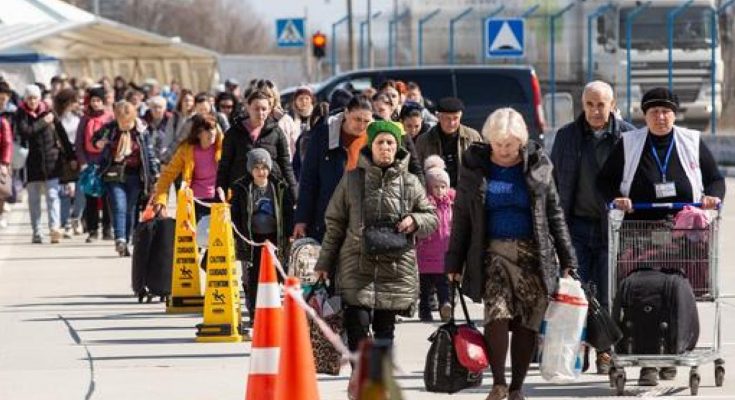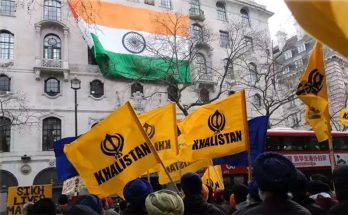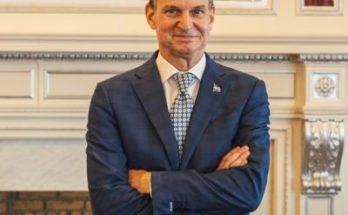UN chief António Guterres on Tuesday added his voice to the growing international calls for a war crimes investigation into the killing of civilians in the Ukrainian town of Bucha.
The Secretary-General’s comments came after shocking images from Bucha on the outskirts of Kyiv showed hundreds of dead people, some with bullet wounds and their hands tied behind their backs and others burned or in mass graves, in areas previously under the control of Russian troops.
Mr. Guterres, who was addressing the UN Security Council, said that an independent probe was needed to guarantee effective accountability.
Invasion threat to UN Charter
To date, the Russian offensive has displaced more than 10 million people in just one month, the fastest forced population movement since the Second World War, Mr. Guterres said.
Of that number, more than 4.2 million have fled Ukraine’s borders, according to the UN refugee agency, UNHCR, amid ongoing shelling and use of indiscriminate weapons that have seen 86 health and medical facilities attacked from 24 February to 2 April, the World Health Organization said.
Given the urgency of the situation, the UN chief explained that he had tasked the UN’s Emergency Relief Coordinator, Martin Griffiths, to travel to Russia and Ukraine to press for an urgent humanitarian ceasefire.
Bodies desecrated
In Geneva, where UN rights chief Michelle Bachelet has condemned the events at Bucha and spoken of possible war crimes, her Office explained that the episode marked a new low in the war, with victims’ bodies desecrated in death.
“What we have seen emerging in Bucha and other areas, clearly points to a very disturbing development…all the signs are that the victims were directly targeted and directly killed,” said Liz Throssell, spokesperson for the Office of the High Commissioner for Human Rights (OHCHR).
Before the events in Bucha came to light, the UN rights office had already described indiscriminate shelling and bombardment as likely war crimes.
“You could argue there was a military context for example to a building being hit (but) it’s hard to see what was the military context of an individual lying in the street with a bullet to the head, or having their body burned,” Ms. Throssell told journalists.
Fake assertion
Addressing the Russian claim that the images from Bucha were faked, Ms. Throssell explained that human rights investigators followed painstaking forensic procedures, to ensure the veracity of any video or photographs emerging from scenes of possible war crimes.
“It’s looking to get the name of the civilian casualty, the date if possible of when the person died, and how they died and that might help with the attribution of who might have killed them,” she said, adding that no determination had yet been made about whether a war crime had been committed.
Justice ‘takes time’
“We are not saying that this specific incident is a war crime, we can’t establish that yet, that is why there needs to be detailed forensic examination…Justice and accountability take time; what is important is that this work is undertaken and continues to ensure accountability going forward.”
Soon after Russia’s invasion of Ukraine, top rights investigators were appointed by the Human Rights Council in Geneva.
The mandate of the International Commission of Inquiry on Ukraine includes gathering testimonies and evidence from survivors of grave rights abuses, but is not a judicial body and cannot rule on war crimes.
A separate inquiry by the International Criminal Court (ICC) into alleged grave breaches of the Geneva Convention is also underway, at the request of 39 ICC Member States, days after Russian troops invaded Ukraine on 24 February.
#UNCharter; #CrimeProbe; #BuchaKillings; #HumanRightsCouncil; #ICC





